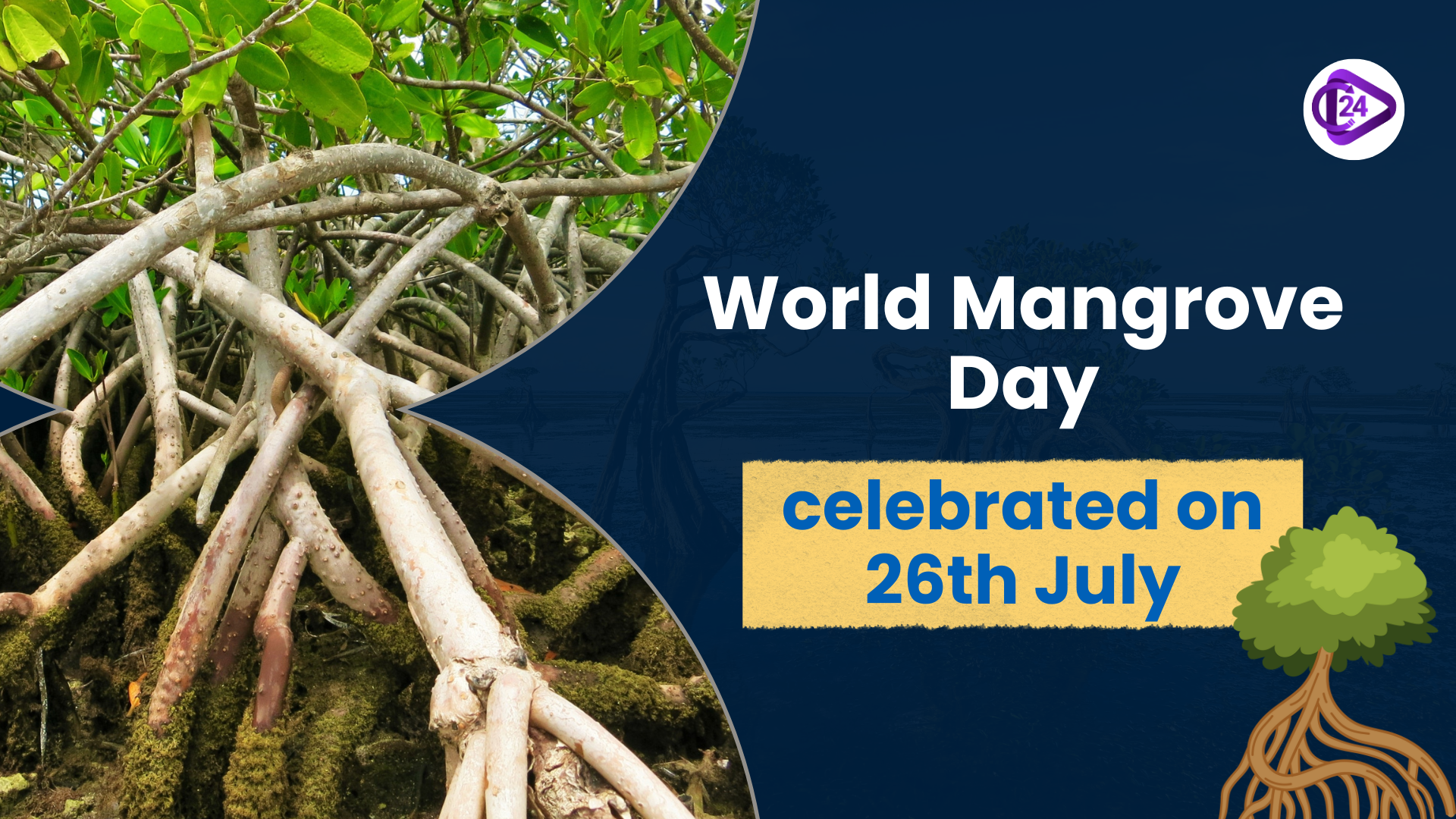
World Mangrove Day that is celebrated on 26 th July emphasizes on the ecological, economical and climatic importance of the mangrove ecosystems. These special forests occur along the coastlines and are salty, inter tidal areas that provide multiple critical facilities, inclusive of carbon sequestration, disaster mitigation as well as biodiversity conservation. The Sundarbans and Bhitarkanika ecosystems of India are the important examples of the mangrove-rich ecosystem, which harbour wildlife and livelihood.
What are Mangroves?
-
Definition: The mangroves are the salt-adapted trees and shrubs, which develop on the intertidal region in tropical and subtropical areas.
-
Ecological Zone: Occur ring in tidal flat areas, estuaries and deltas; they are subjected to bi dally tidal flooding.
Adaptations:
-
To respire by pneumatophores (Avicennia).
-
Stabilisers by roots (prop roots Rhizophora).
-
Excretion salt glands.
-
Viviparity: The seeds can germinate on parent trees.
Mangrove Distribution:
Global Status:
-
Global total mangrove (FAO 2023): 14.8 million hectares total.
-
Countries of highest concentration: Indonesia, Brazil, Nigeria, Mexico, Australia (47 percent of the global mangroves).
Status of India (ISFR 2023):
-
Total area coverage: 4,992 sq.km (approximately 0.15 per cent of total geographical area of India).
-
Large regions: Sundarbans (West Bengal), Bhitarkanika (Odisha), Andaman Islands, Krishna-Godavari delta and portions of Gujarat and Kerala.
-
Recent increase: Mangrove cover of Tamil Nadu increased twicefold, that is, 4,500 ha to 9,039 ha, over four years
Case Study of Sundarbans
-
Geographic Distribution: between the Hooghly River (India) and the Baleswar River (Bangladesh) in the Ganga-Brahmaputra-Meghna Delta.
-
UNESCO World Heritage: Sundarbans National Park (India), there are three Bangladesh wildlife sanctuaries.
-
Biodiversity: It is a home of Bengal tiger, estuarine crocodiles, Indian python and over 260 species of bird.
-
Earning a living: The residents are supported by collecting honey and fishing.
The importance of mangroves
-
Biodiversity Hotspot:
-
Supports more than 5,700 species in the 21 phyla.
-
Breeding areas to marine life, birds, reptiles as well as mammals.
-
-
Carbon Sequestration (Blue Carbon Sinks):
-
Stores ~394 tonnes of carbon per hectare.
-
Slow decomposition due to anaerobic, saline conditions enhances long-term carbon storage.
-
-
Coastal Protection:
-
Decreases wave energy by 5-35%.
-
Reductions in the depth of cuts by 15-70 percent help in buffering natural tides in cyclones and tsunami.
-
-
Livelihood Support:
-
Honey, fruits, timber, and fishery source.
-
Of utmost importance to food security on the coast.
-
-
Disaster Mitigation:
-
Sucks up cyclonic shocks; necessary in the disaster-hit regions such as the Bay of Bengal.
-
-
Strategic Utility:
-
Improves transmission of radio waves which helps in communicating during emergency in out-of-reach disaster areas (e.g. West Bengal Radio Club projects).
-
Major Threats to Mangroves
|
Threat |
Details |
|
Land Conversion |
Aquaculture (26%), oil palm, rice cultivation (43%) – State of the World’s Mangroves 2024. |
|
Deforestation |
Logging, charcoal production, urban expansion. |
|
Pollution |
Oil spills, industrial effluents, sewage discharge. |
|
Invasive Species |
Prosopis juliflora invading Tamil Nadu mangroves, altering soil salinity and ecosystem health. |
|
Climate Change |
Sea-level rise, altered salinity, and changing rainfall patterns disrupt mangrove regeneration. |
Government, and Global Initiatives
India’s Efforts:
-
National Mangrove Conservation Programme (NMCP) - Funds in support of protection and afforestation.
-
ISFR Reporting- Annual survey of mangrove status.
-
CAMPA Funds- It is used in restoring the degraded mangrove forests.
-
Blue Economy Policy-It focuses on the conservation of coastal ecosystems.
-
MISHTI Scheme (2023) Mangrove Initiative of Shoreline Habitats and Tangible Incomes.
International Collaborations:
-
Ramsar Convention
-
Convention on Biological Diversity (CBD)
-
redd program UN
-
Blue Carbon Initiative
Way Forward
-
Enforcing Legal Infrastructure:
-
Double up coastal regulation zones (CRZ).
-
Penalize the unlawful slaughter of forests and change of land.
-
-
Community Engagement:
-
Encourage community based conservation of mangroves.
-
Provide incentives by ecotourism and livelihoods based on biodiversity.
-
-
Technology Integration:
-
Audit real time surveying with drones, AI and Geographic GIS mapping.
-
Put in place phytoremediation and bio-restoration paradigms.
-
-
Ecological Urban Planning:
-
Incorporate the mangrove protection in Smart Cities and coastal development plans.
-
encourage Eco-sensitive zoning.
-
-
Research & Innovation:
-
Promote research and development on mangrove-based medicine and its sustainable utilisation.
-
Evaluate resiliency to the climate of indigenous species.
-
-
Capacity Building:
-
Carry out awareness campaigns on World Mangrove day.
-
Train local youth train as Mangrove Rangers.
-
Conclusion
Mangroves are ninjas of nature- they protect the coast, support biodiversity, reduce disasters and trap carbon. However, they are still one of the endangered ecosystems. India, of various mangrove traits, between Sundarbans and Andamans, has to take the lead by examples to conserve, take community actions and climate-sensitive growth. It is time to realize that mangroves are not mere trees; coastal pillars of resilience, and as such must be spared at all costs.



 World Soil Day 2025: Celebrating “Healthy Soils for Healthy Cities”
World Soil Day 2025: Celebrating “Healthy Soils for Healthy Cities”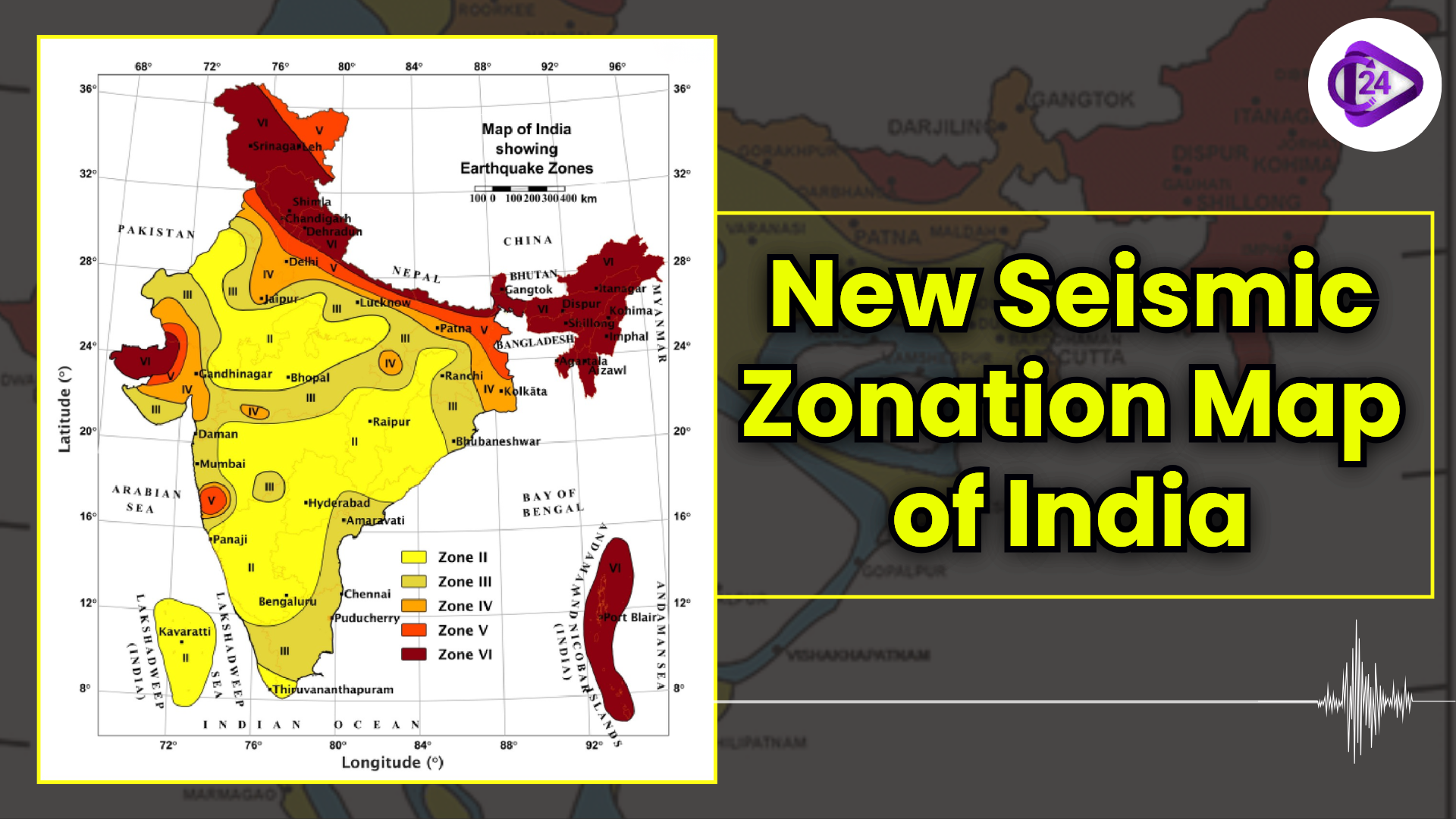 New Seismic Zonation Map of India
New Seismic Zonation Map of India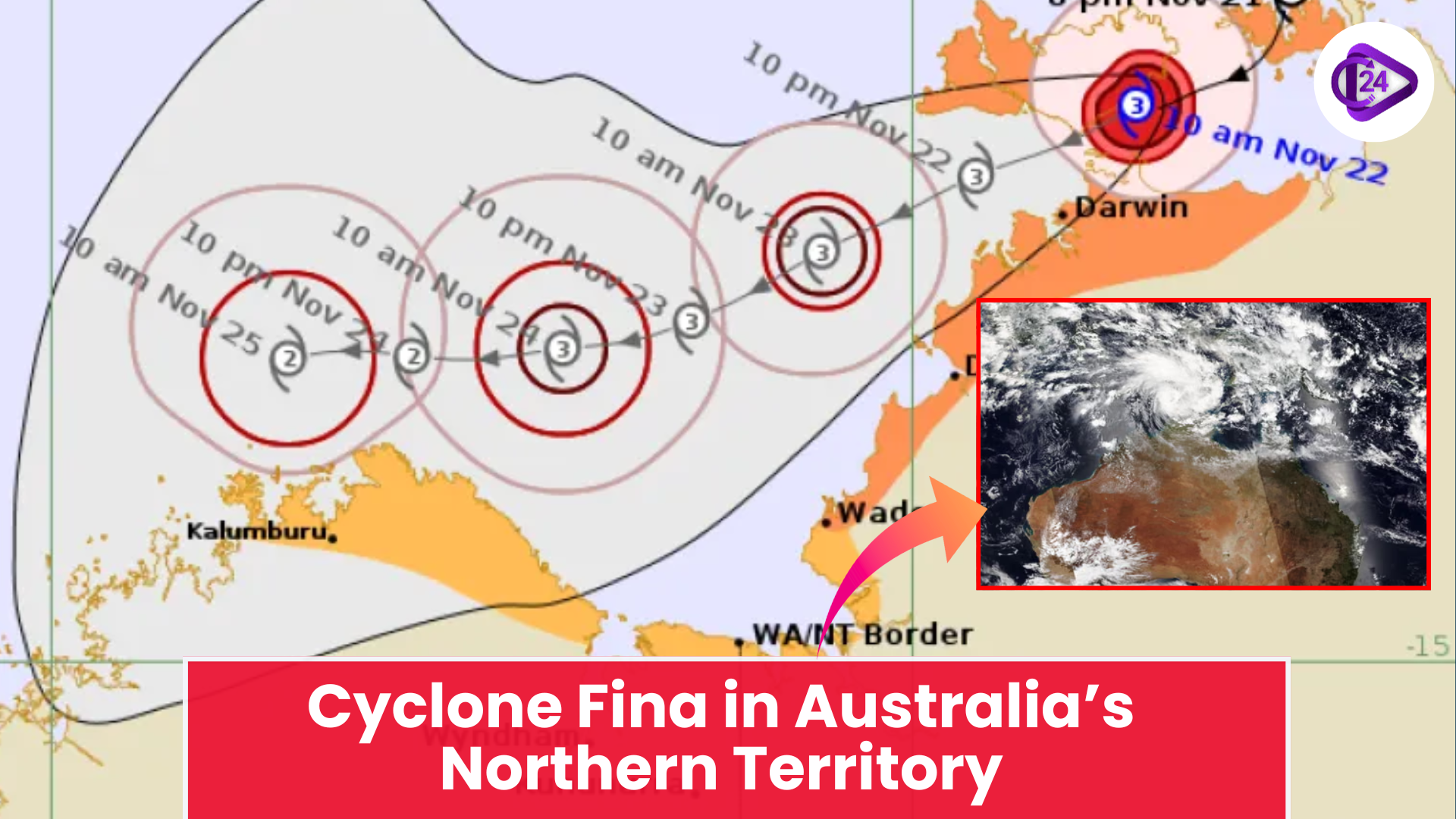 Cyclone Fina Hits Northern Australia With Destructive Force
Cyclone Fina Hits Northern Australia With Destructive Force Tiger Returns to Gujarat After 32 Years | Historic Wildlife Comeback 2025
Tiger Returns to Gujarat After 32 Years | Historic Wildlife Comeback 2025 Namdapha Butterfly Festival Showcases the Wild Heart of Arunachal Pradesh
Namdapha Butterfly Festival Showcases the Wild Heart of Arunachal Pradesh Gogabeel Lake Achieves Ramsar Status for Biodiversity and Conservation
Gogabeel Lake Achieves Ramsar Status for Biodiversity and Conservation Cyclone Montha Makes Landfall Near Kakinada, Bringing Destruction to Andhra and Odisha
Cyclone Montha Makes Landfall Near Kakinada, Bringing Destruction to Andhra and Odisha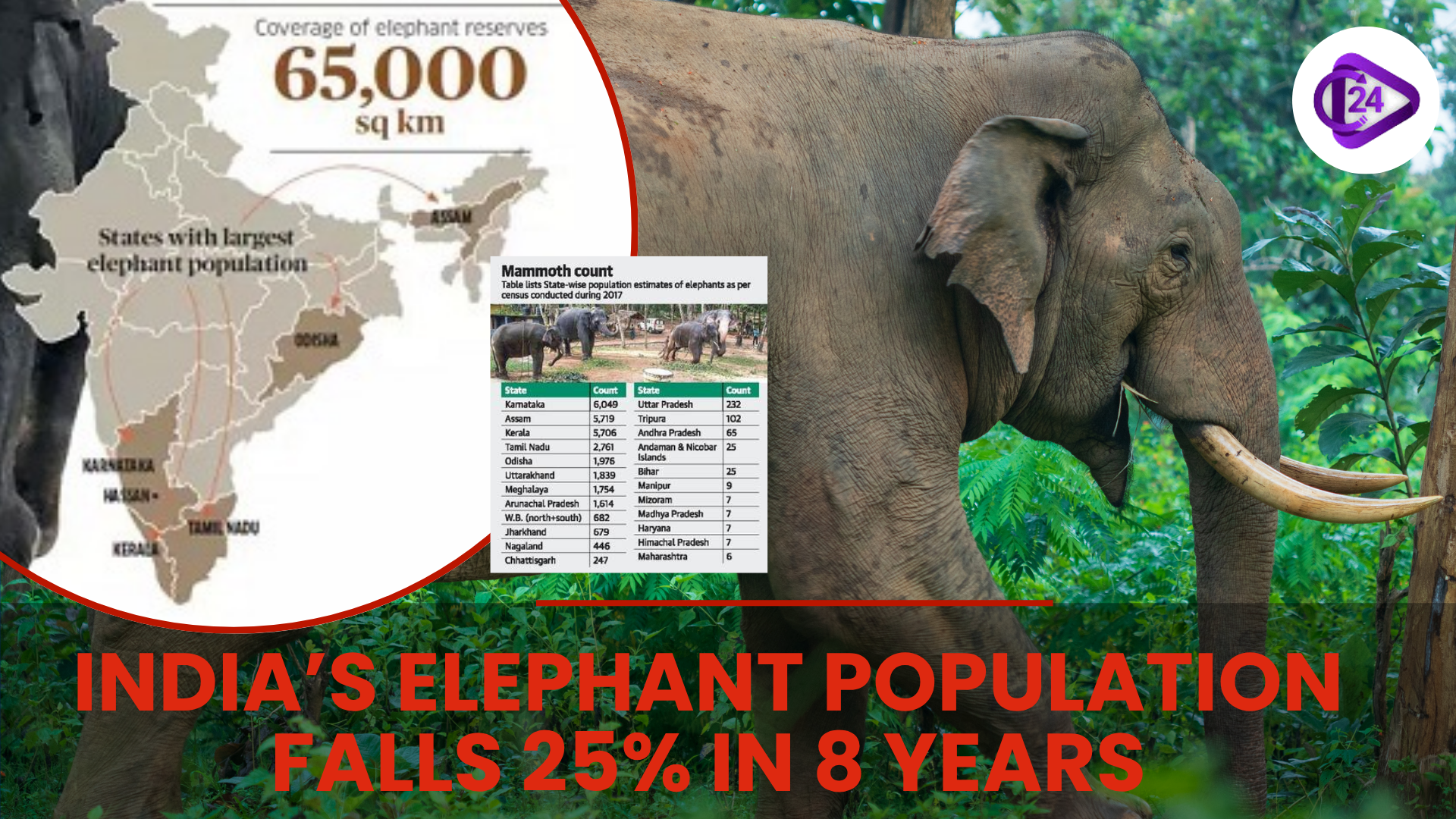 India Conducts First-Ever DNA-Based Elephant Census, Reveals Population Decline by 25%
India Conducts First-Ever DNA-Based Elephant Census, Reveals Population Decline by 25% Maharashtra Gets India’s First Cooperative CBG Plant | 12 Tonnes Biogas Daily Production
Maharashtra Gets India’s First Cooperative CBG Plant | 12 Tonnes Biogas Daily Production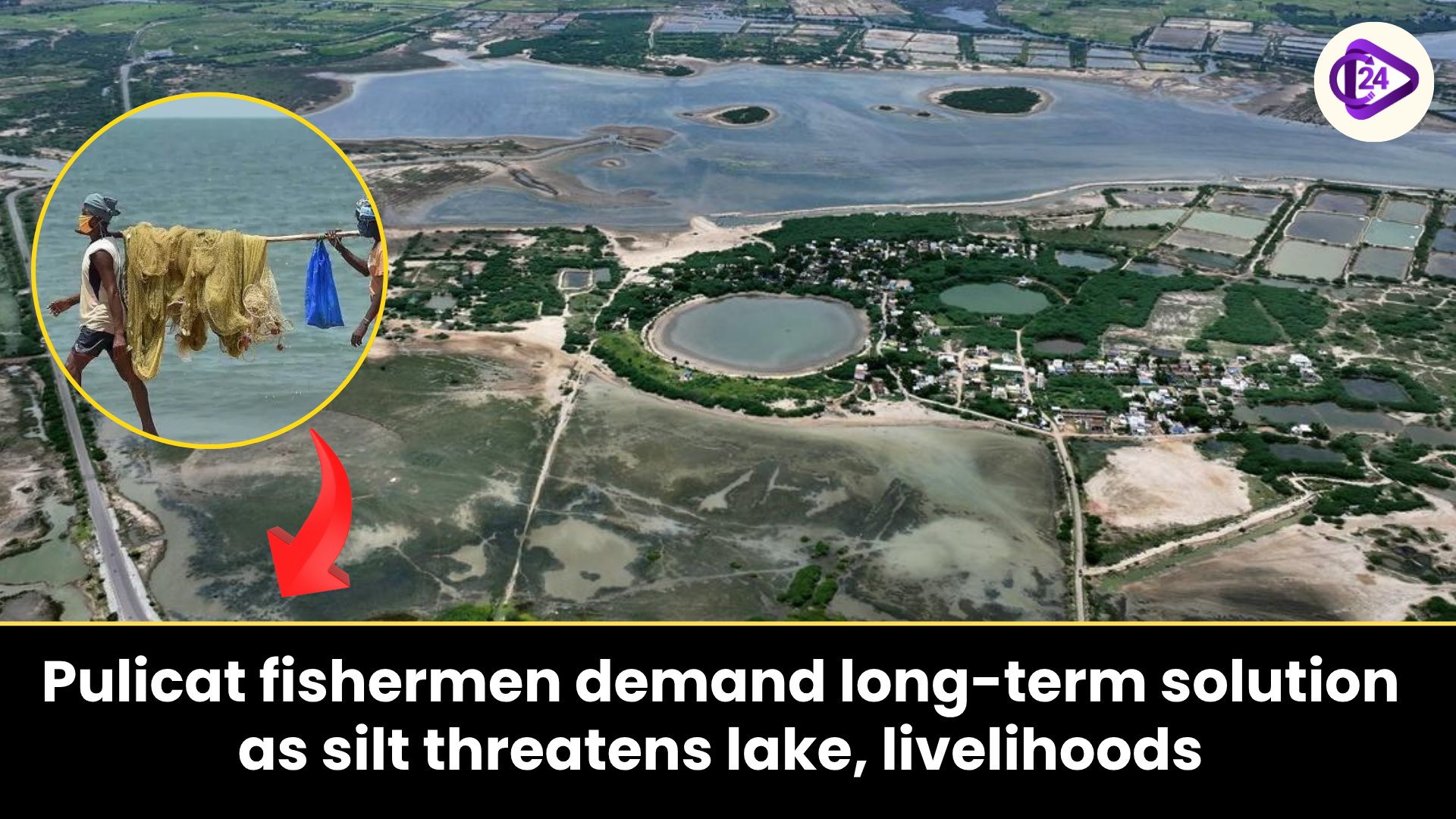 Pulicat Fishermen Demand Long-Term Solution as Silt Threatens Lake and Livelihoods
Pulicat Fishermen Demand Long-Term Solution as Silt Threatens Lake and Livelihoods






